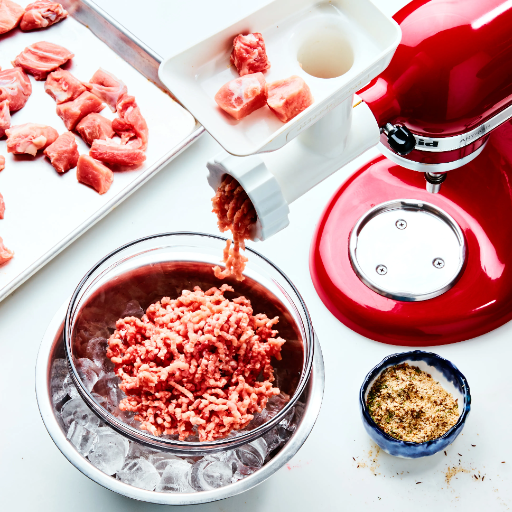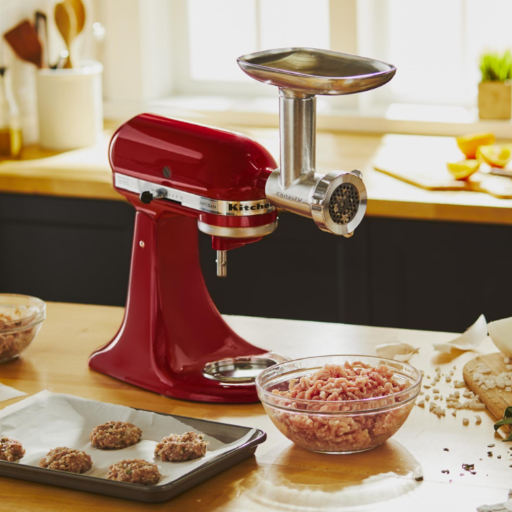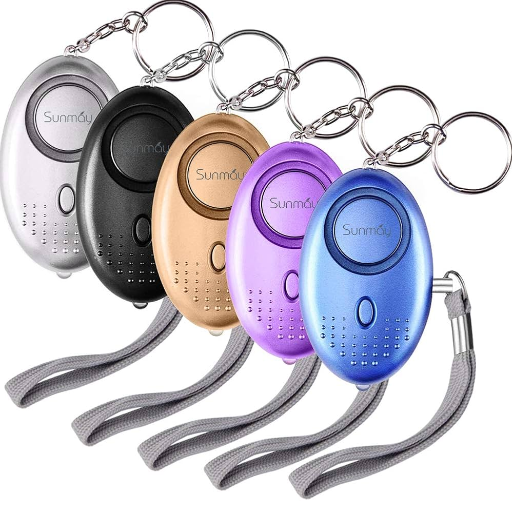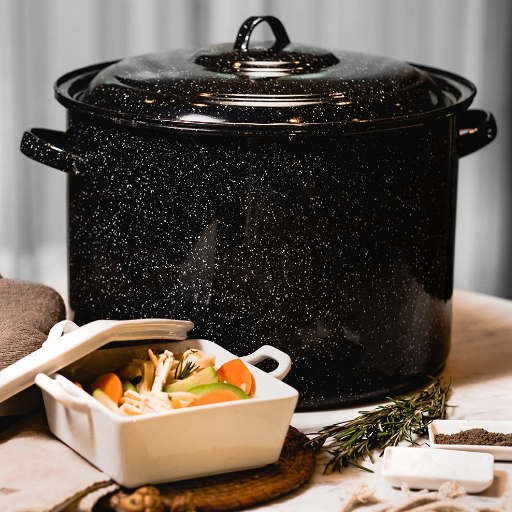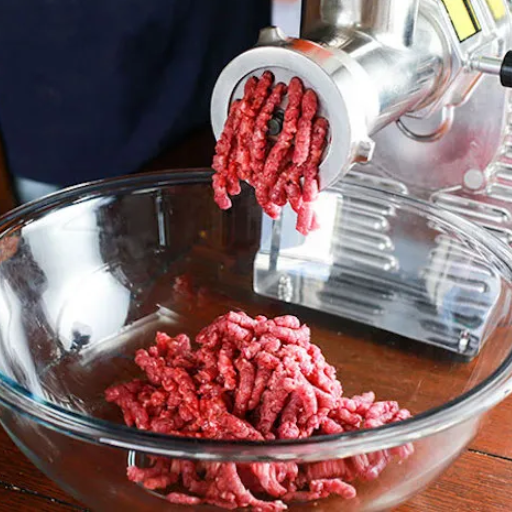Just like any other equipment, blenders also hold utmost value while setting up or expanding a commercial kitchen or a foodservice center. From preparing fries to pureeing sauces, blending soups, and making smoothies, getting a commercial blender will make everything consistent and quicker. Still, it’s important to evaluate durability, performance details, cost, and the trustworthiness of the supplying seller before making a bulk buying decision. In this article, we aim to educate you, the restaurant owner, manager, or the procurement officer, so you can properly fill out your order lists for commercial-grade blenders. With the information listed in this article alongside the strategy provided, regardless if you’re refreshing your outdated tools or scaling your operations, you will certainly maximize value and efficiency.
What Are the Benefits of Buying Blenders Wholesale?
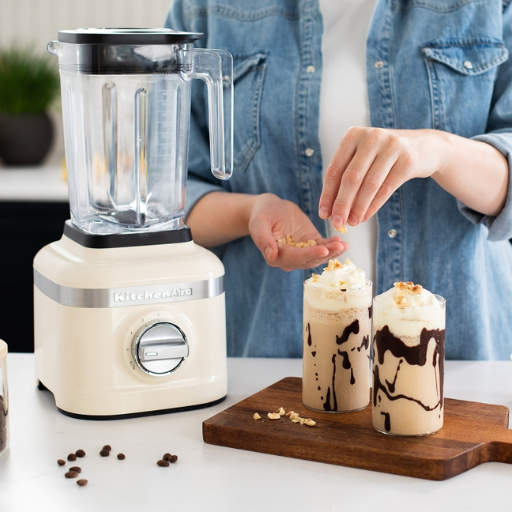
For businesses, buying blenders at a wholesale price offers multiple benefits. Businesses can cut expenses considerably since unit prices generally drop with bulk purchases. There is also a lower chance of running out of equipment due to buying in bulk, which mitigates the risk of causing disruptions to the daily operations of the business. Other benefits include getting additional extended warranties and flexible delivery options that would come with the purchase. Dealing directly with the authorized suppliers increases the chances of receiving good quality merchandise and reliable customer service. All of these advantages make blenders affordable and readily available for businesses when bought through wholesale purchasing.
Cost-Effective Solutions for Your Business
Crafting effective solutions requires a business to combine analytics with up to date data in order to make strategic decisions. With IoT data and proper sophisticated analytics, businesses can capture emerging patterns, anticipate demand, and schedule inventory decisions within a defined time in a cost-effective way. A case in point is analyzing historical supplier price records with current market dynamics to identify golden opportunities for purchase of vital equipment, such as commercial blenders, at bargain prices. In addition, knowing the newer processes of manufacturing or technologies coming into the market can influence the decision towards buying durable and energy efficient products that can lower operational expenses over time. Gleaning such information makes certain that investments are directed towards initiatives that facilitate appropriate growth and savings.
Access to High-Quality Commercial Blenders
Programmable commercial blenders are critical to efficient operation and consistency in output in professional kitchens, thus augmenting operational efficiency. Some important user considerations for blending equipment such as modern benders revealed in an analysis include powerful motors, better blades, and greater piece durability like Stainless steel and BPA non-leaching composites. Moreover, research indicates a growing need for programmable controls and accurate speed control enhancing performance into specified blending tasks or procedures.
Business can now access new trends on consumer preferences and technology operating according to their goals like business rational equipment selection. For example, devices with energy-saving features reduce electricity consumption as well as achieve environmental sustainability goals. Moreover, the existence of warranty and after-sales service significantly determines long-term usability and minimizes downtime during peak demand period.
Which Types of Blenders Are Best for Commercial Use?
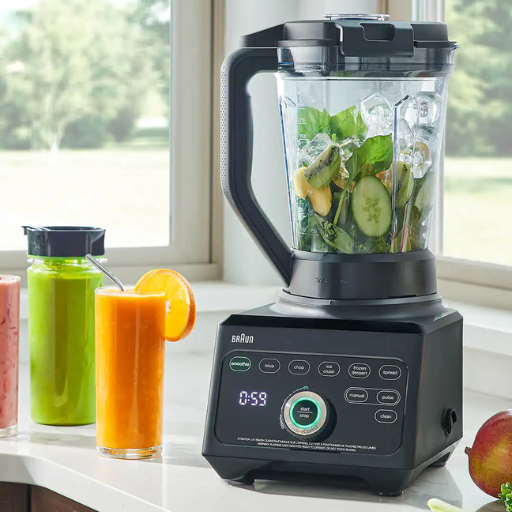
Hefty duty and industrial strength blenders are the best types for commercial use as they have high-performance specs optimized for volumetric work in a business setting. These types of blenders should have an adequate power rating with a motor of not less than 2-3 horsepower as it should efficiently tackle challenging materials such as ice, frozen fruits, and nuts. The BPA free containers also need to be polycarbonate or stainless steel and moldable for both frequent and high volume blendings. Their functionalities can be enhanced with features such as preset programs and their smooth uniformity can be improved with variable speed control alongside noise-dampining for customer-facing areas. Popular commercial brands are Vitamix and Blendtec for their trustworthy options and warranty.
Understanding Different Blender Types and Their Uses
A wide array of blender types are available on today’s market. They all serve different purposes depending on the type of work intended. For example, a high-performance blender serves its purpose in heavy-duty or commercial settings. Those types of blenders can perform a variety of tasks to check for versatility, and can even crush ice, blend fibrous vegetables, or make nut butters. On the other hand, immersion blenders commonly known as hand or stick blenders, are more suited for smaller tasks such as purifying soups directly in the pot, and emulsifying dressings. As the name suggests, personal blenders were built for specific individual use. They regulate the serving sizes and are best suited for making drinks like smoothies and protein shakes easily on the go. Various types of specialty blenders exist such as vacuum blenders which blend with less oxygen to preserve nutritional value. Also, bar blenders focus solely on hospitality, serving to mix drinks and occasionally frozen cocktails and other low-volume frozen drinks. Knowing the pros and cons of each type helps to choose one that best fits the required standards of the output.
Choosing Between Heavy-Duty and Standard Models
For heavy-duty and standard blenders, reviewing the expected use, power needs, and other functions is vital. The heavy duty ones are intended for high usage frequency and usually have strong motors of 2 to 3.5 horsepower. Their productivity enables them to tackle ingredients like frozen fruits, tough ice, and vegetables as well. These models are often seen in commercial kitchens and other outlets with high vending workloads. Along with their durability, these models endure overload protection from safety features which help under intensive conditions.
Standard blenders best suit the moderate domestic and small business usage. Their motor often ranges between 0.5 to 1.5 horsepower. Simple tasks like blending smoothies and soups are more than possible. There must be a balance of task frequency, budget, and the type of ingredients for these model options. Furthermore, as an observation from the field, the overall life span, energy efficiency, and cost translates to productivity for the other models in the long run.
How to Choose the Right Blender for Your Bar or Kitchen?
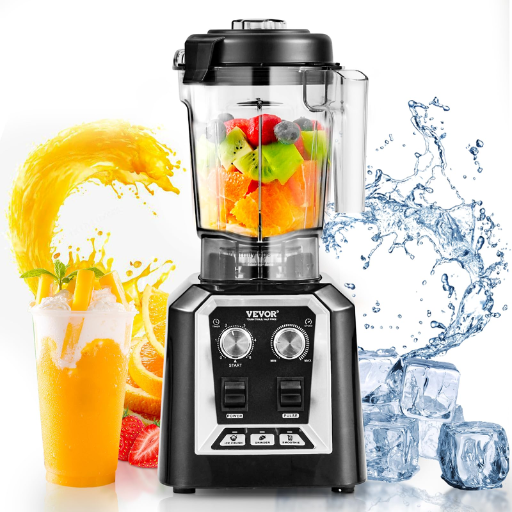
- Volume and Capacity Needs
When selecting a blender for heavy-duty settings, make the daily volume clear. For bars and restaurants, a high-capacity blender with greater motor strength is recommended.
- Motor Power
Select a blender with a motor that meets the overall strength of the ingredients. For optimal performance, ice should be crushed or denser ingredients blended with a minimum of 1,000 watts.
- Durability and Build Quality
Models with pans and blades made of bull–neck, untouched and unbrittled BPA plastic that can withstand both time and rough usage should be chosen. Blenders with wide mouthed chutes for easy pouring.
- Ease of Cleaning
Dishwasher-safe parts or self-cleaning functions will ensure hygiene while removing the mental load of regular maintenance.
- Noise Levels
Anti-noise technology is very important for the public-facing area where silence is golden, however minimal distraction is tolerated.
By considering these factors, one would be able to carefully choose a blender that meets operational efficiency while maintaining an optimal level of service delivery.
Assessing Your Business Needs and Requirements
Analyzing business operations is extremely important when selecting equipment. During selection, determine the scope of your operations: daily tasks, peak periods, and growth projections. For example, smoothie bars and coffee shops, order-driven businesses, extract more value from high horsepower and heavy-duty machines that can withstand high usage.
Next, assess the type of ingredients your business regularly stocks. For menus that incorporate fibrous fruits, tough vegetables, or frozen products, powerful blenders equipped with durable blades and variable speed controls are essential. To maximize productivity and ensure consistent results, multi-purpose machines outfitted with specialized pulse or pre-programmed settings are best for multifunctional establishments.
Additionally, assess how these items fit into your layout and contable space. Space-saving designs with ventless structures work well in tightly confined areas. Taking customer trends into account ensures that their ever-changing needs are met while aligning with company goals and adapting trends into practice.
Evaluating Motor Power and Blade Design
The motor power and blade design are pivotal aspects that affect the productivity as well as the lifespan of industrial grade devices. Work resources like dense materials or high demand environments are efficiently managed with high powered motors between 1,000 and 2,500 watts. Noise levels, efficiency, maintenance, and overall operating costs have made brushless motors favored over traditional models due to their lower consumption of fuel and energy.
Blade design is equally important. Hardened materials, such as stainless steel, provide the required strength to resist wear and tear along with corrosion. Multi edged blades or variable geometry blades increase cutting accuracy along with consistency especially in detail oriented or high volume tasks. Drag reduction along with overall system efficiency is improved with the use of aerodynamically optimized blades. Ensured performance, reduced downtime, and sustainable performance balance compatibility must align with specific operational demands and intended applications when considering suitable motor and blade arrangements.
Where to Buy Blenders Wholesale at Affordable Prices?

If you are looking to buy blenders wholesale, check the options below for potential price advantages:
- Wholesale Supply Websites
Websites like Alibaba, Global Sources, and Made-in-China offer a range of blenders from various manufacturers at bulk pricing.
- Direct from Manufacturers
Blender manufacturers, for example, Vitamix or Blendtec have wholesale programs or partnerships. These companies deal directly with their customers, which ensures competitive pricing.
- Specialized Restaurant Suppliers
WebstaurantStore or KaTom are examples of companies serving commercial and volume buyers, offering discounted wholesale blender purchases.
- Local Distributors or Trade Shows
Purchase wholesale from suppliers met at regional distributors or industry trade shows, which are excellent for in-person negotiations, enabling the best negotiated prices.
When checking for membership benefits, special offers, discounts, purchase packages, and shipping prices, the vendor’s policy needs to be transparent and the reviews reliable.
Top Retailers and Online Platforms for Bulk Purchasing
Choosing reliable retailers and platforms when sourcing products in bulk provides value for money and trust at the same time. Well-known examples include Amazon Business, which serves commercial clientele, providing services such as minimum order fulfillment, discounts, and integration with existing purchasing systems. The inventory available at Costco Business Center includes appliances and office essentials. Their pricing model is beneficial for businesses that make larger purchases. Wholesale buying can also be done through Alibaba or AliExpress. These marketplaces serve a variety of people and provide access to a wide array of manufacturers and suppliers.
WebstaurantStore is highly recommended for food service professionals because they specialize in that particular niche. They offer great value on industry-grade kitchen equipment, tools, and supplies. Sam’s Club, another bulk retailer, offers cash-back and fee-free shipping for impulse receipt-based purchases, incentivizing repeated orders. By evaluating the product range, shipping, return policies, and countless other factors for each retailer, strategic buyers can satisfy operational and budgetary expectations simultaneously.
Exploring Local Distributors and Resellers
Key local distributors and resellers ensure that the needs of food service professionals within a specific region are met through their value added services. Hand-on customer support, including consultations and the ability to view products, is often provided by these distributors. In addition, local suppliers may help lower shipping times as well as costs, thus benefiting the regional economy. These local distributors pair with regional suppliers to serve specialized niches such as eco-friendly packaging or artisanal ingredients, thus providing a rich resource for companies hoping to diversify their inventory. When partnering with such suppliers, attention should be paid to inventory dependability, price offerings, contract terms, and operational need alignment in order to achieve optimal partnership benefits.
How to Maintain and Clean Your Commercial Blender?
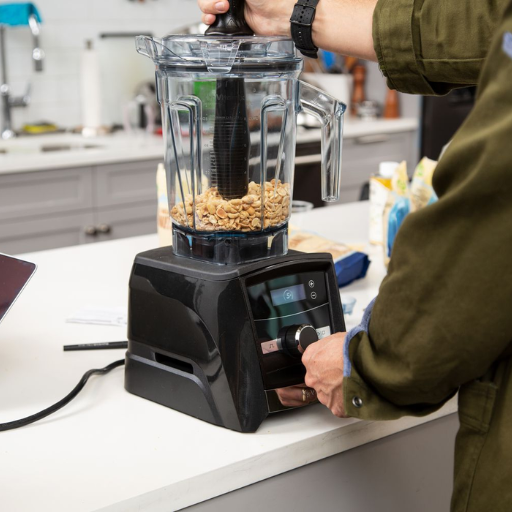
Cleaning and maintaining a commercial blender is crucial. Long-lasting performance relies on careful steps. Here is a schedule you may want to follow:
- Daily Cleaning:
- Take the blender plug out and dismantle the jar, lid and blade.
- In an effort to wipe all residue, wash all components instantly.
- Using a soft brush, clean with warm, soapy water. Avoid soaking the motor base. Wipe with water to remove dirt, however, don’t use too much water.
- Allow parts to dry through air until everything is fully assembled.
- Deep Cleaning (Weekly or as needed):
- The blade assembly will need to be inspected for any stuck food particles.
- Cover the blender jar half way with warm water ahead of blending. On the mainstay job, add some dish soap and run the dishwasher for roughly 30-60 seconds.
- After the cleaning cycle is complete, rinse and dry all parts thoroughly.
- Regular Maintenance:
- Inspect the seals and blades for wear; if they are becoming dull, follow the manufacturer’s instructions on replacing them.
- Periodically wipe out the dust and debris residing on the motor base.
Following a care regime will ensure that the blender will not only remain hygienic, but its functionality is preserved at its peak. This helps reduce repairs in the future. Always consider reading your blender user’s manual for guidelines of this nature and the manufacturer’s specifications.
Maintenance Practices for Optimal Efficiency
Proper care of your blender will improve its efficiency and prolong its lifespan. Its components, especially blades which are critical for blending, should be checked frequently. If they are worn down or out of alignment, uneven blending and motor over-exertion will occur. Moreover, seals and gaskets should be checked often because worn out seals could result in leakage, posing potential hazards and reducing operational effectiveness.
Sufficient precision must also be maintained while cleaning. To do this, remove all parts that can be detached and wash them in warm soapy water after each use. There should be no residue left (including on the motor base). The motor base can be wiped with a microfiber cloth. It should be done lightly so as not to scratch switch buttons or vents, which can slow air flow for the buttons, causing grime buildup.
Finally, do not exceed the applicable limit for the blender, not to mention the additional restrictions placed on the capacity range, as this could lead to stress motor strains, heating up, etc. Thus, allowing the unit to rest after prolonged periods of use serves to protect internal components from unnecessary strain. Following these, the level of efficiency will be maintained over a long period of time without costly repairs, positive results, and routine maintenance.
Reference Sources
- Ambar Distributors – Offers a variety of wholesale blenders and provides contact details for inquiries.
- Fred26 Importers – Features a range of blenders, including Oster models and kitchen systems.
- Evening Star Coffee Roasters – Includes Blendtec EZ Blenders with free shipping and additional accessories.
- DK Wholesale – Provides bulk-buy options for mixers and blenders, with delivery or collection options in the UK.
Frequently Asked Questions (FAQs)
Q: What types of blenders in bulk are available for purchase?
A: A wide variety of blenders in bulk are available, including models from popular brands like Blendtec and Hamilton Beach. These blenders cater to diverse needs such as creating smoothies, soups, and other beverages.
Q: How can I choose the right commercial blender for my store?
A: When selecting a commercial blender for your store, consider factors such as the blender’s container size, power, versatility, and the types of recipes you plan to create. It’s essential to choose a solid model that can handle heavy use.
Q: What is the difference between Blendtec and Hamilton Beach blenders?
A: Blendtec blenders are known for their advanced technology and ability to create a vortex for thorough blending, making them ideal for high-demand environments. Hamilton Beach blenders are often more budget-friendly and versatile for a variety of tasks.
Q: Where can I find the best deals on blenders in bulk?
A: The best deals on blenders in bulk can often be found at wholesale suppliers, online marketplaces, and specialty kitchen equipment stores. It’s advisable to compare prices and look for collections that offer discounts for larger purchases.
Q: Are there any specific features I should look for in a commercial blender?
A: Yes, look for features such as a powerful motor, multiple speed settings, ease of cleaning, and durable construction. Additionally, ensure the container is suitable for your intended use and can withstand frequent use in a commercial location.
Q: Can I use a residential blender in a commercial setting?
A: While it’s possible to use a residential blender in a commercial setting, it is not advisable due to their limited power and durability. Commercial blenders are specifically designed to handle the demands of a high-volume environment.
Q: What are the advantages of buying blenders in bulk?
A: Buying blenders in bulk offers several advantages, including cost savings, consistent quality across units, and ensuring that you have enough equipment for your business needs. This approach also allows for easier inventory management.
Q: How do I maintain my commercial blender for longevity?
A: To maintain your commercial blender, regularly clean the container and blades, check for wear and tear, and ensure proper usage as per the manufacturer’s guidelines. Following these steps will help prolong the life of your blender.

